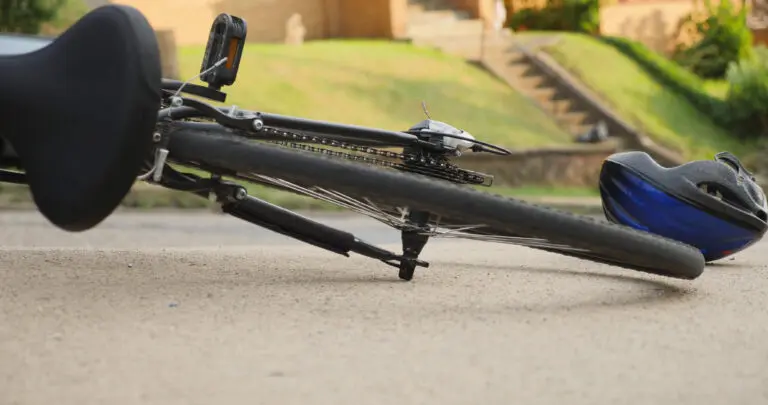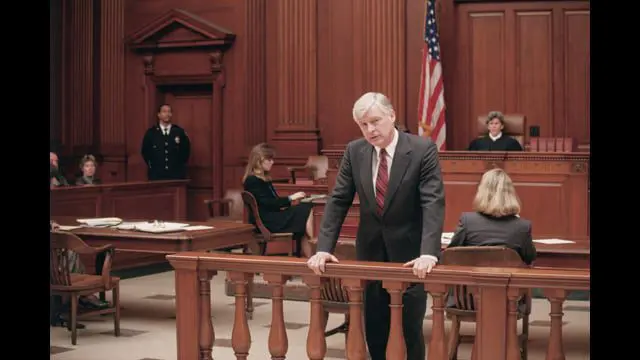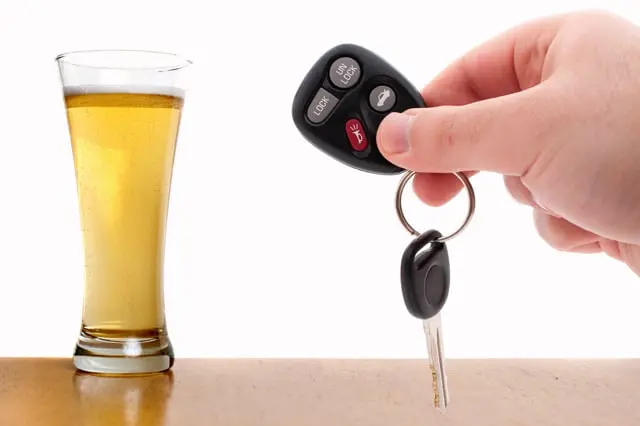he Cowboy Cartel, a notorious criminal organization, has long been a thorn in the side of law enforcement and the justice system. This group, known for its ruthless tactics and extensive network, has operated across borders, evading capture and prosecution for years. However, a recent legal crackdown has brought the cartel’s activities into the spotlight, highlighting the strengths and weaknesses of the justice system in dealing with such powerful criminal organizations. This article explores the intricate details of the legal actions taken against the Cowboy Cartel, the strategies used to dismantle their operations, and the broader implications for crimen organizado y derecho penal.
Understanding the Cowboy Cartel’s Operations
The Cowboy Cartel, unlike many other criminal organizations, has a unique operational structure that has allowed it to thrive for decades. Rooted deeply in various illicit activities such as tráfico de drogas, blanqueo de dineroy human trafficking, the cartel’s reach extended across multiple continents, making it a significant target for international law enforcement agencies. The cartel’s network was built on a foundation of fear, violencey corrupción, allowing it to maintain a stronghold in regions notorious for criminal activities.
The cartel’s ability to operate internationally presented a significant challenge to law enforcement. With members spread across different countries, each with its legal framework and procedures, the cartel exploited these differences to evade capture. This complex jurisdictional landscape required a coordinated international effort to bring the Cowboy Cartel to justice.
The Legal Framework for Combating Organized Crime
To effectively dismantle the Cowboy Cartel, authorities needed to leverage a robust legal framework designed to combat crimen organizado. One of the primary tools used in this effort was the Ley RICO (Racketeer Influenced and Corrupt Organizations Act), a powerful piece of legislation in the United States that allows for the prosecution of criminal organizations as a whole, rather than targeting individual members. This approach is particularly effective against groups like the Cowboy Cartel, where the organization’s power comes from its collective actions rather than individual criminal acts.
En Ley RICO enabled prosecutors to charge members of the Cowboy Cartel with chantaje, a broad charge that encompasses a range of criminal activities. By using this legislation, prosecutors were able to connect various criminal acts to the organization, thereby painting a comprehensive picture of the cartel’s illicit activities. This legal strategy proved instrumental in breaking down the cartel’s operations and bringing its leaders to justice.
Challenges in Prosecuting International Criminal Organizations
One of the most significant challenges in prosecuting the Cowboy Cartel was its international presence. Unlike domestic criminal cases, which are handled within a single legal system, cases involving international crime syndicates require coordination between multiple jurisdictions. This often involves complex extradition processes, mutual legal assistance treaties (MLATs), and navigating the different normas jurídicas y evidentiary requirements of various countries.
For instance, in prosecuting the Cowboy Cartel, U.S. authorities had to collaborate closely with their counterparts in Mexico, Colombia, and several European countries. Each country has its legal procedures for recogida de pruebas, witness protectiony trial conduct, making the legal process incredibly challenging. Furthermore, the differences in extradition laws meant that some cartel members were in countries that do not easily hand over suspects to the United States, requiring diplomatic negotiations and assurances that the defendants would receive a fair trial.
The Role of Undercover Operations and Informants
To build a strong case against the Cowboy Cartel, law enforcement agencies relied heavily on undercover operations y informants. These methods are often critical in gathering direct evidence of criminal activity, especially in cases where the organization’s activities are highly secretive and insulated from outside scrutiny.
Undercover agents infiltrated the cartel, gaining the trust of its members and collecting valuable intelligence about its operations, hierarchy, and communication methods. These agents faced immense risks, as any suspicion of their true identity could result in severe consequences, including violence or even death. The information they gathered was crucial in identifying key players within the cartel and understanding the full scope of its operations.
In addition to undercover agents, informants—often former cartel members or associates—played a significant role in the case against the Cowboy Cartel. These individuals provided insider knowledge that was invaluable in connecting the dots between various criminal activities and the organization. However, relying on informants also posed challenges, as their credibility could be easily questioned due to their criminal backgrounds or motives for cooperating with law enforcement.
Financial Investigations and Asset Seizures
A critical component of the legal strategy against the Cowboy Cartel involved financial investigations y asset seizures. By following the money, authorities were able to uncover the vast network of financial transactions that supported the cartel’s activities. This not only provided concrete evidence of their criminal operations but also helped to dismantle the organization’s financial base.
En Ley de Secreto Bancario and other financial regulations were instrumental in this aspect of the crackdown. These laws require financial institutions to report suspicious activities, allowing law enforcement to trace the flow of funds and identify money laundering schemes. In the case of the Cowboy Cartel, authorities identified numerous shell companies and offshore accounts used to hide illicit profits. Seizing these assets not only weakened the cartel financially but also served as a significant deterrent to other criminal organizations that rely on similar tactics to launder money.
Legal Defense Strategies Employed by the Cowboy Cartel
Despite the overwhelming evidence against them, the Cowboy Cartel employed several legal defense strategies to counter the charges. These strategies often involved challenging the legality of the evidence obtained, claiming entrapment, or questioning the credibility of witnesses and informants.
For example, defense attorneys for the cartel members argued that some evidence was obtained through illegal wiretaps o warrantless searches, which violated their clients’ constitutional rights. By challenging the admissibility of this evidence, they aimed to weaken the prosecution’s case and secure a dismissal or reduction of charges. Additionally, they attacked the character and reliability of key witnesses, especially informants with criminal backgrounds, to cast doubt on their testimony.
Another common defense strategy was to argue that the prosecution was overreaching by applying the Ley RICO, claiming that the defendants were not part of a cohesive criminal organization but rather independent operators. This tactic aimed to undermine the narrative of a coordinated criminal enterprise, which is central to RICO prosecutions.
The Impact of Public Perception and Media Coverage
The legal battle against the Cowboy Cartel was not fought solely in the courtroom; it also played out in the court of public opinion. Media coverage of the case was extensive, with news outlets covering every development in the investigation and trial. This media attention significantly impacted public perception of the cartel and the legal process.
Public perception can influence a case in several ways. For one, it can affect jury selection and deliberation, as potential jurors may have preconceived notions about the defendants or the charges based on media reports. This can be advantageous or disadvantageous, depending on whether the coverage is favorable or unfavorable to the prosecution or defense.
Additionally, media coverage can pressure law enforcement and prosecutors to take more aggressive actions against criminal organizations to demonstrate that they are tough on crime. In the case of the Cowboy Cartel, the intense media scrutiny likely influenced the authorities’ decision to pursue a high-profile crackdown and ensure a thorough and aggressive legal strategy.
The Role of Technology in Modern Criminal Investigations
The investigation into the Cowboy Cartel also highlighted the growing importance of technology in modern criminal investigations. Digital forensics, cybersecurity measures, and advanced surveillance techniques played crucial roles in gathering evidence and tracking the cartel’s activities.
Digital forensics experts were able to recover deleted communications, analyze electronic transactions, and trace digital footprints to build a case against the cartel. Cybersecurity measures helped protect the integrity of the investigation, ensuring that sensitive information did not fall into the wrong hands. These technological advancements allowed law enforcement to gather more comprehensive and reliable evidence than would have been possible in the past.
Furthermore, technology enabled authorities to conduct surveillance on a scale that was previously unimaginable. Drones, satellite imageryy advanced listening devices provided unprecedented access to the cartel’s activities, allowing investigators to monitor their operations without detection. This surveillance was critical in identifying key players and gathering evidence of criminal activity, ultimately contributing to the cartel’s downfall.
International Cooperation and Cross-Border Legal Challenges
The Cowboy Cartel case underscored the importance of international cooperation in combating transnational crime. The cartel’s operations spanned multiple countries, requiring coordinated efforts between various law enforcement agencies and judicial systems.
International cooperation was facilitated through mutual legal assistance treaties (MLATs) and other agreements that allowed for the sharing of evidence and intelligence. These agreements enabled authorities to build a more comprehensive case against the cartel by pooling resources and expertise from multiple jurisdictions.
However, cross-border legal challenges also emerged, particularly regarding differences in normas jurídicas, evidentiary rulesy privacy protections. For instance, some countries have stricter privacy laws that limit the ability to conduct certain types of surveillance or share personal data. Navigating these differences required careful negotiation and a willingness to find common ground to ensure the cartel’s prosecution.
The Impact of the Legal Crackdown on Organized Crime
The legal crackdown on the Cowboy Cartel had a significant impact on crimen organizado both locally and globally. By dismantling one of the most notorious criminal organizations, law enforcement sent a clear message that such activities would not be tolerated and that authorities were willing and able to take decisive action.
The case also served as a warning to other criminal organizations that no group is beyond the reach of the law, regardless of how powerful or well-connected they may be. The use of the Ley RICO, cooperación internacional, and advanced technology demonstrated that law enforcement agencies are evolving to meet the challenges posed by modern criminal enterprises.
Moreover, the case highlighted the importance of a comprehensive legal strategy that considers all aspects of a criminal organization’s operations, from financial transactions to international networks. This holistic approach is essential for effectively combating organized crime in an increasingly interconnected world.
Lessons Learned and Future Implications
The prosecution of the Cowboy Cartel provided several lessons for law enforcement and legal professionals in dealing with transnational crime. First, it underscored the importance of adaptability y innovation in legal strategy. Criminal organizations constantly evolve, and law enforcement must be equally dynamic to stay ahead.
Second, the case highlighted the need for robust legal frameworks that can address the complexities of crimen organizado. Laws like the RICO Act are crucial tools in this fight, but they must be applied judiciously and with an understanding of their limitations. Future legal strategies must continue to adapt to the changing landscape of organized crime, ensuring that they remain effective and fair.
Finally, the case demonstrated the importance of cooperación internacional in combating transnational crime. As criminal organizations become more global in scope, so too must the efforts to combat them. This requires not only legal cooperation but also a shared commitment to justice and the rule of law among all nations.
Conclusion: The Ongoing Battle Against Organized Crime
The legal crackdown on the Cowboy Cartel was a significant victory in the ongoing battle against crimen organizado. It demonstrated the power of the law when applied strategically and comprehensively and highlighted the importance of cooperation, technology, and innovation in modern law enforcement.
However, the fight against organized crime is far from over. As criminal organizations continue to evolve, so must the strategies used to combat them. This requires a commitment to continuous learning, adaptationy collaboration among law enforcement agencies, legal professionals, and international partners.
By staying vigilant and proactive, and by leveraging the lessons learned from cases like the Cowboy Cartel, the justice system can continue to protect society from the threats posed by organized crime and ensure that those who seek to operate outside the law are held accountable.









